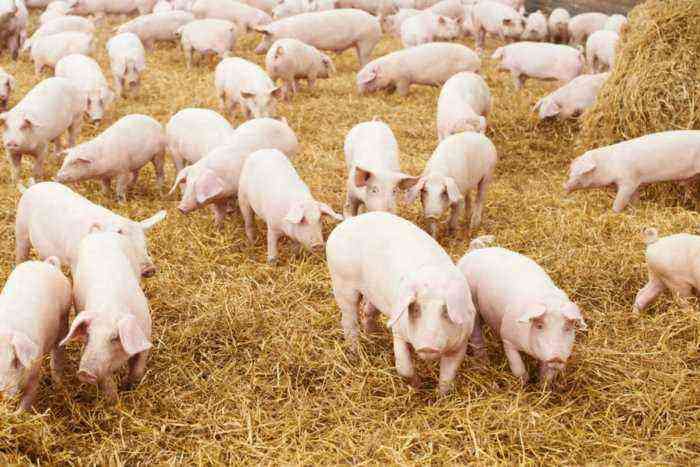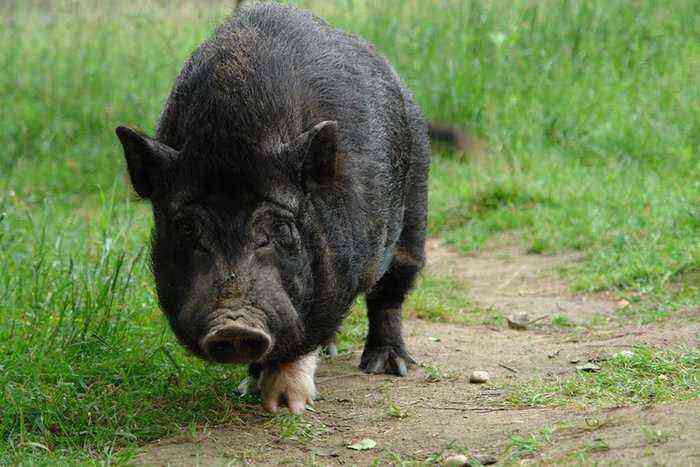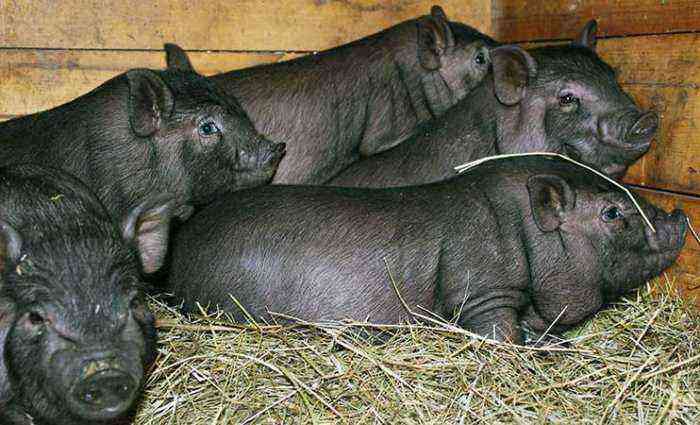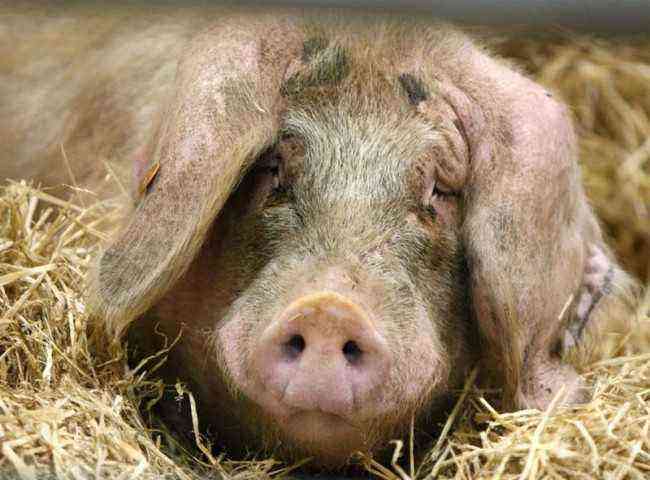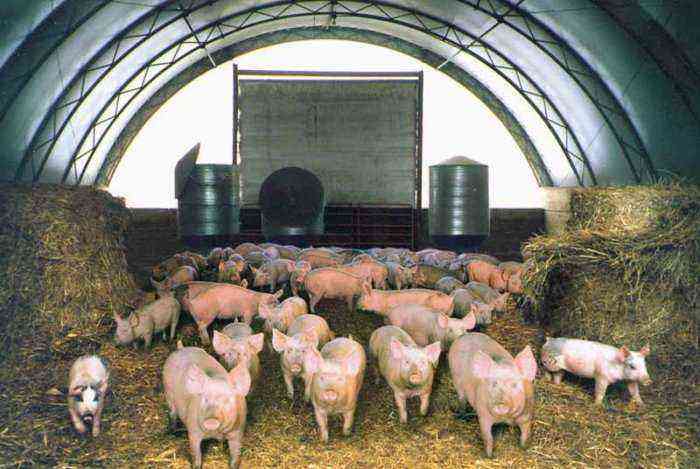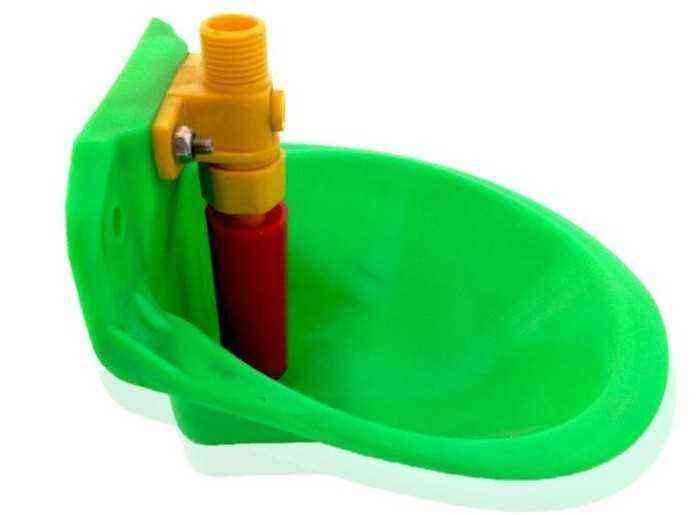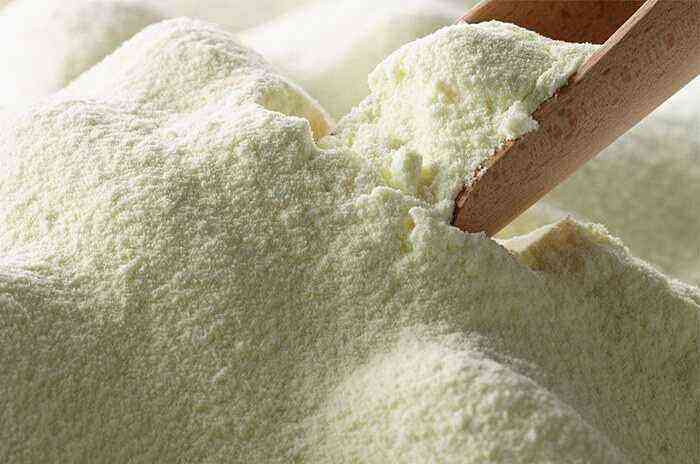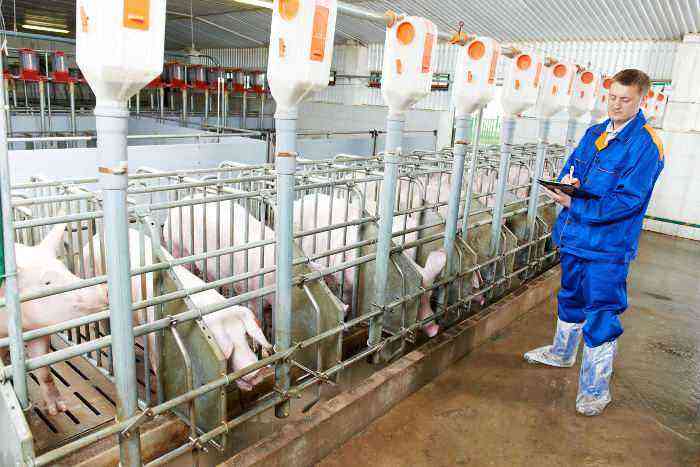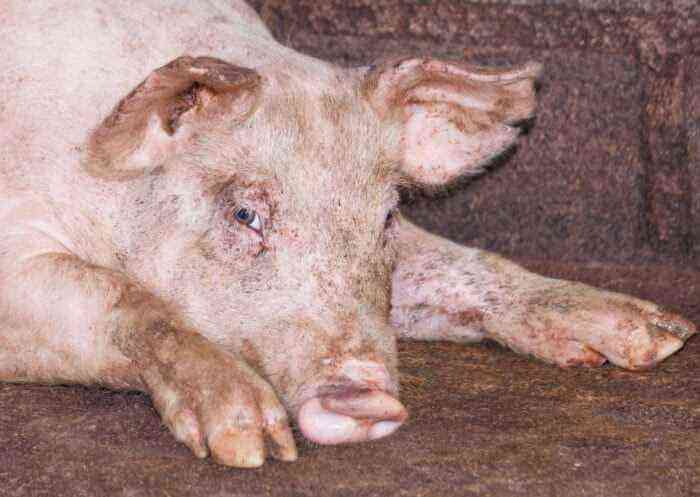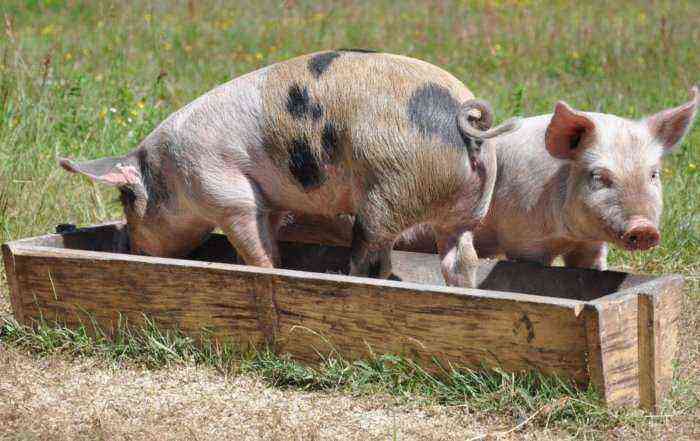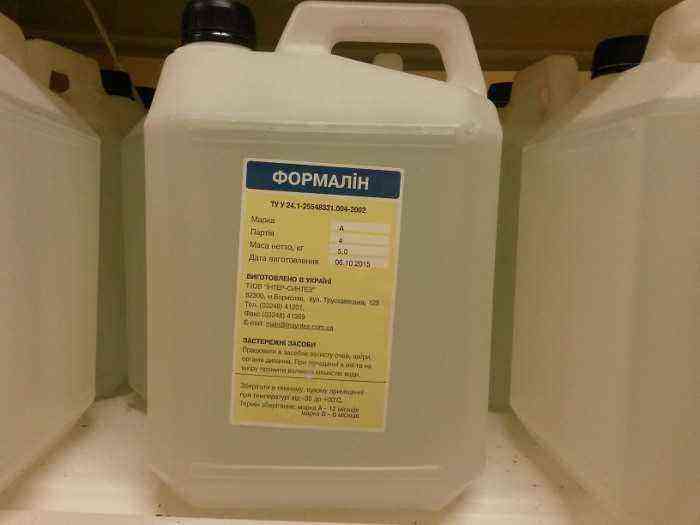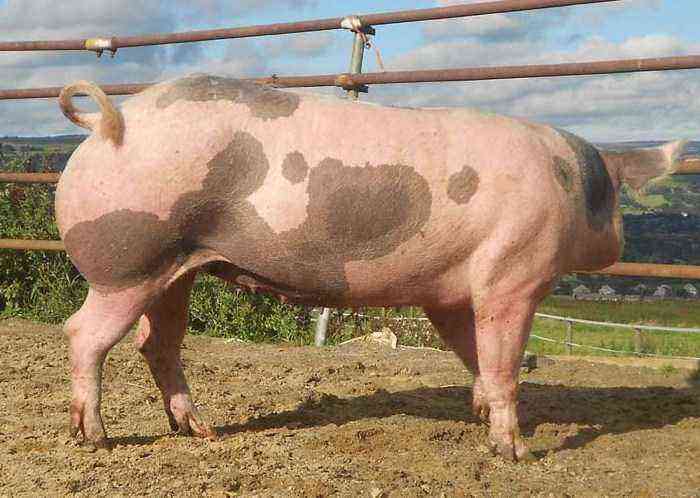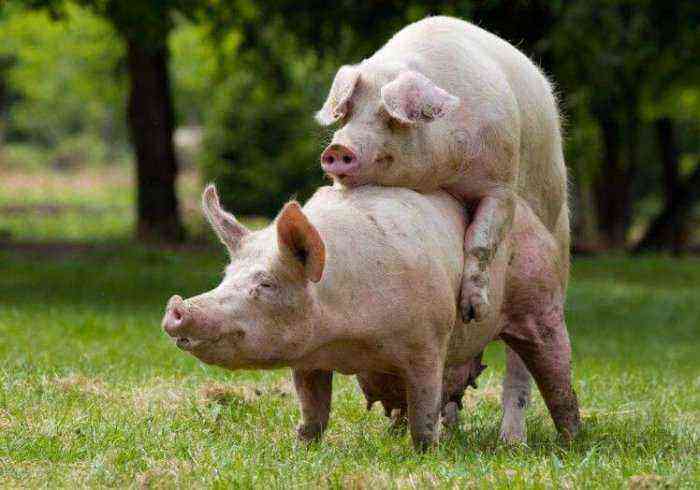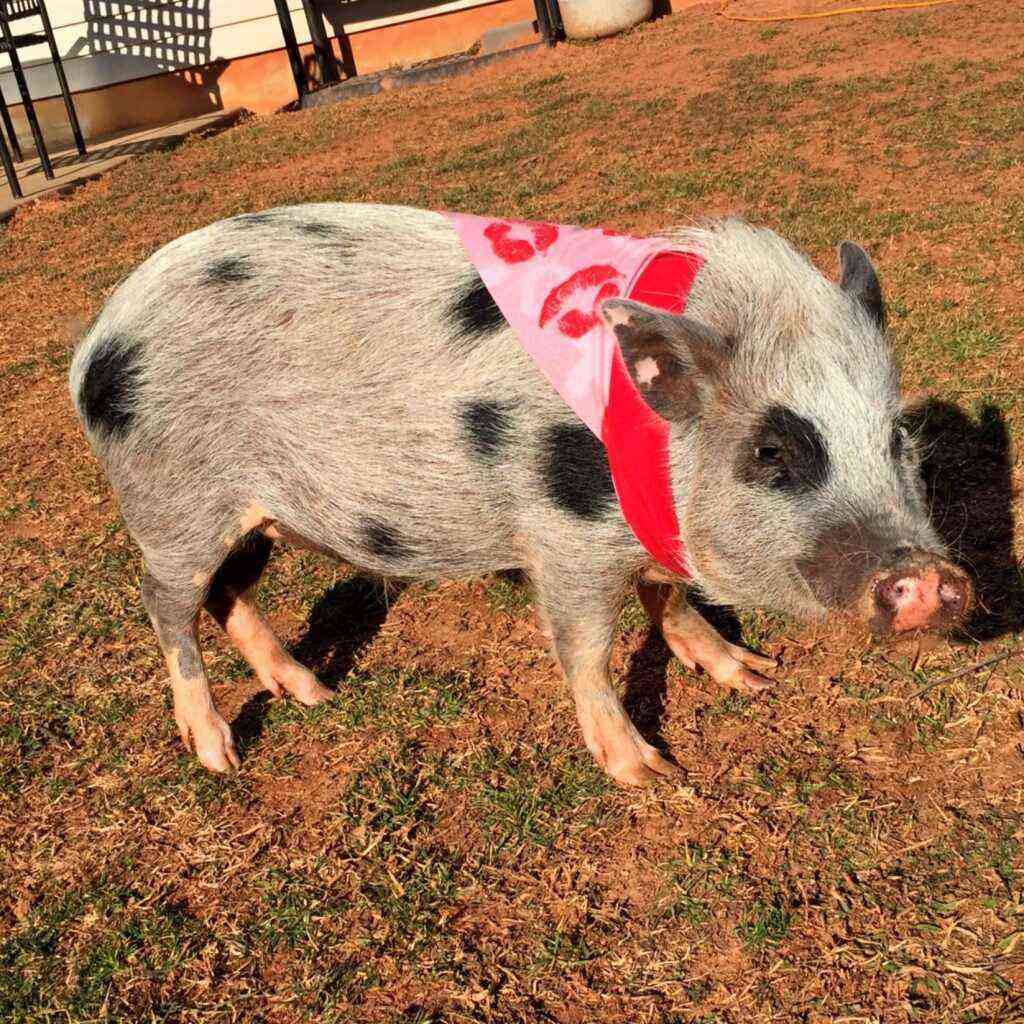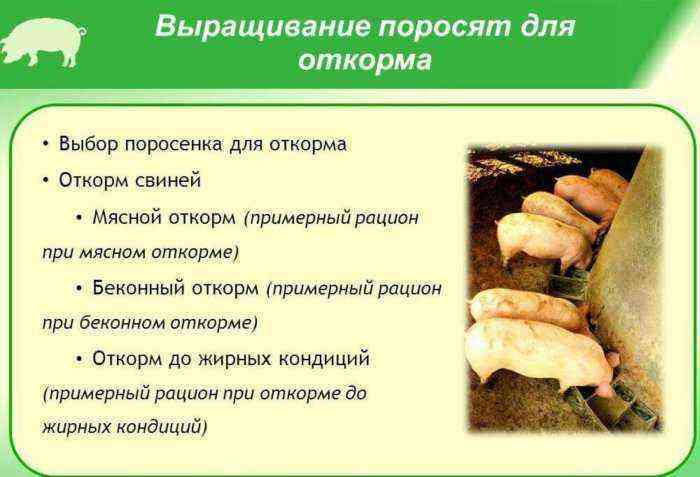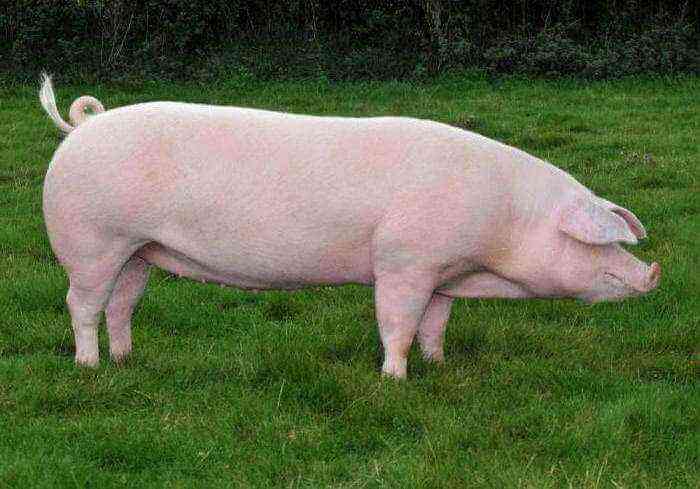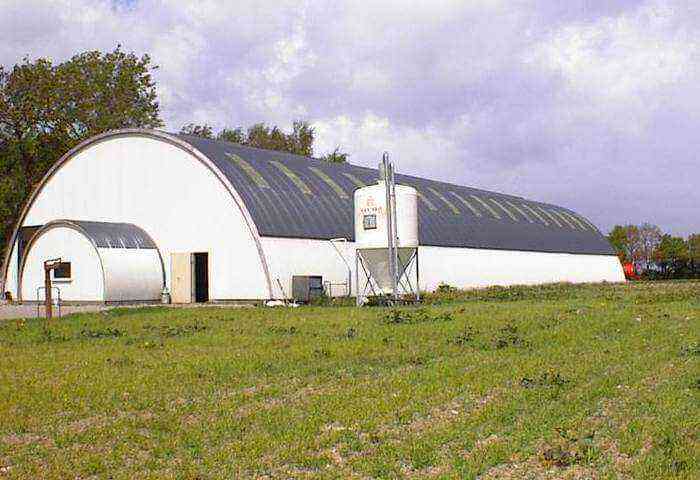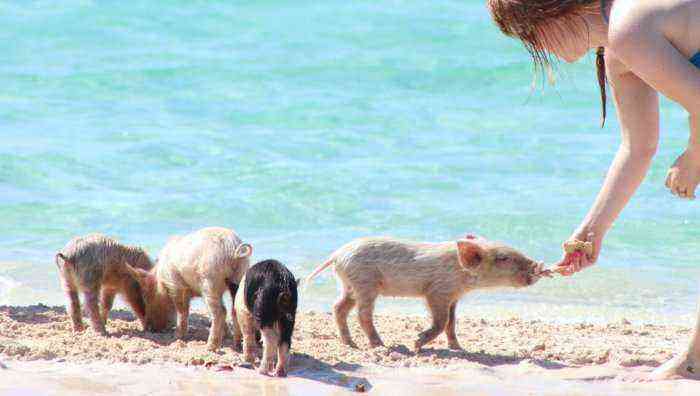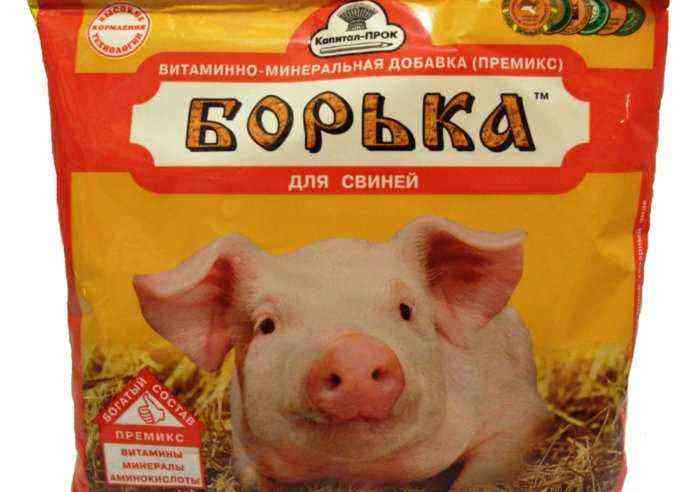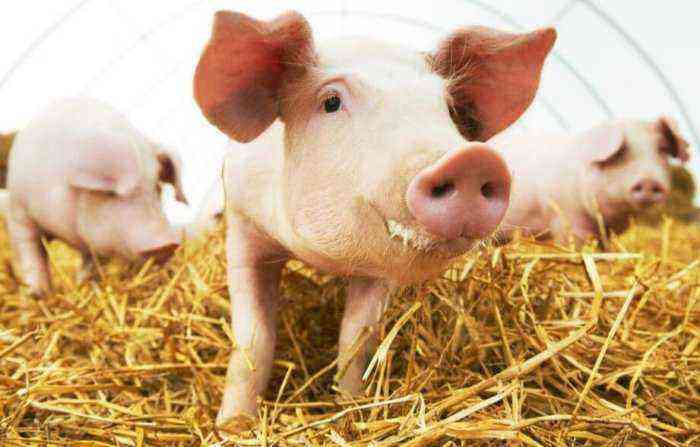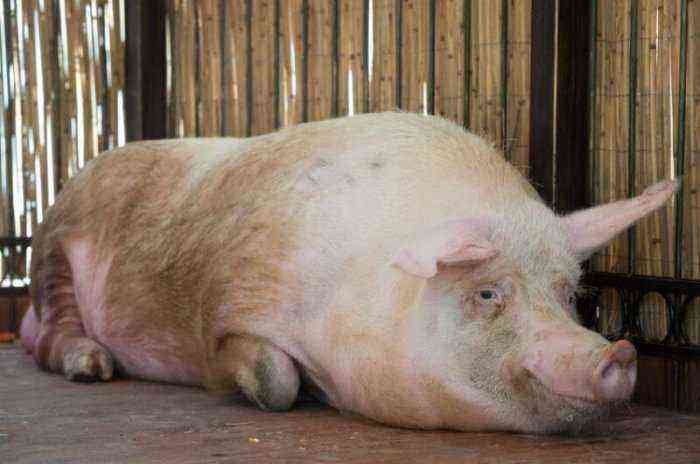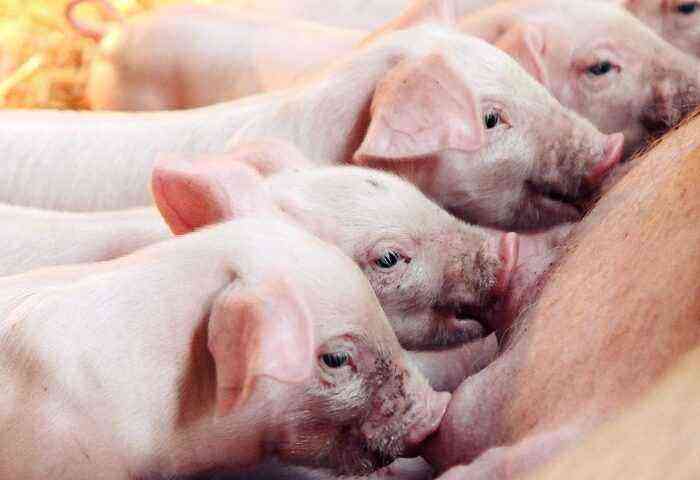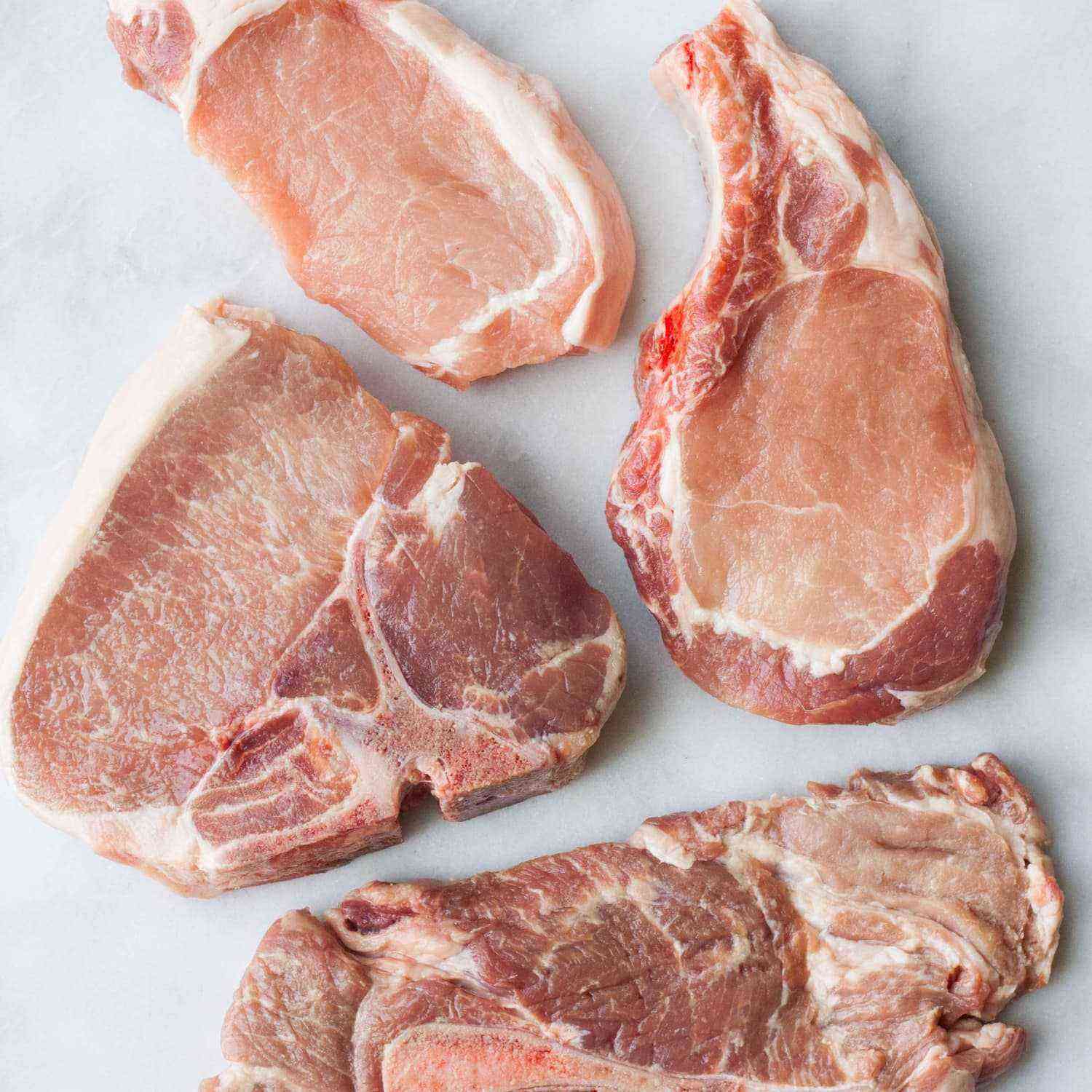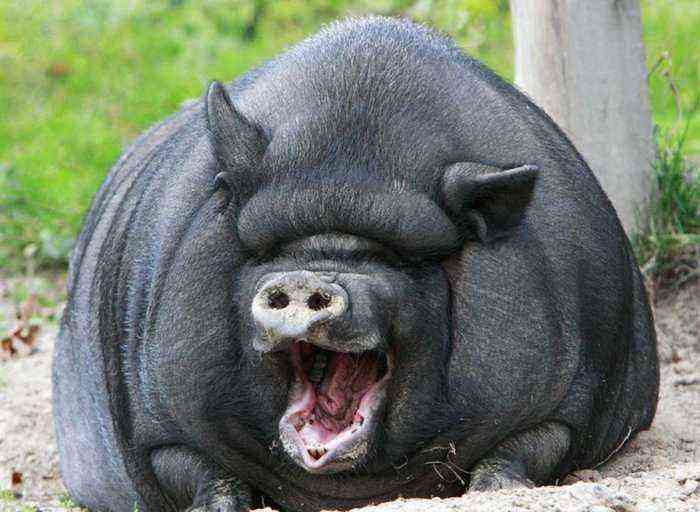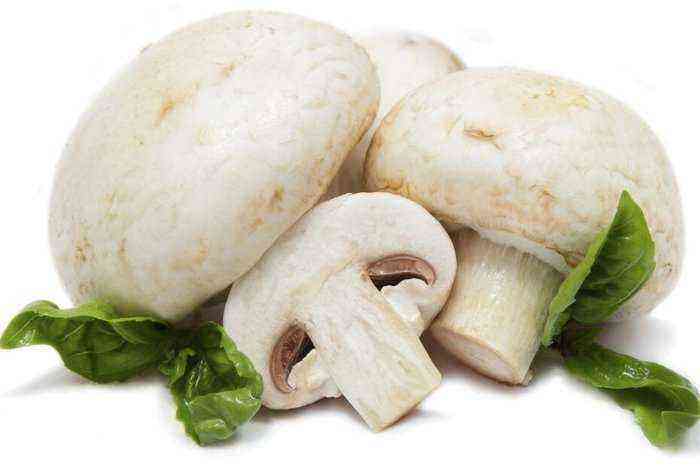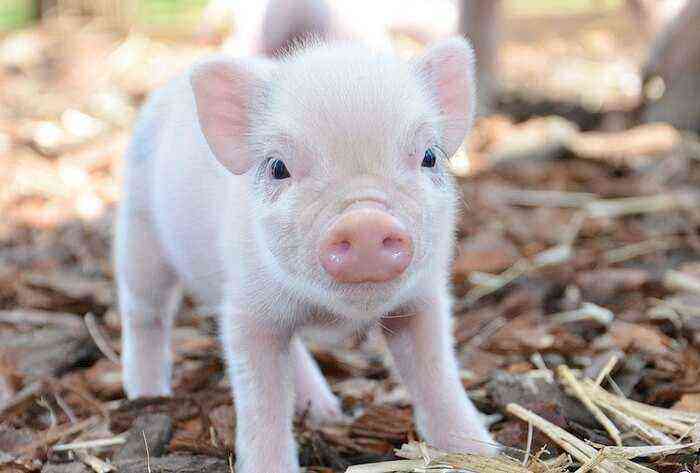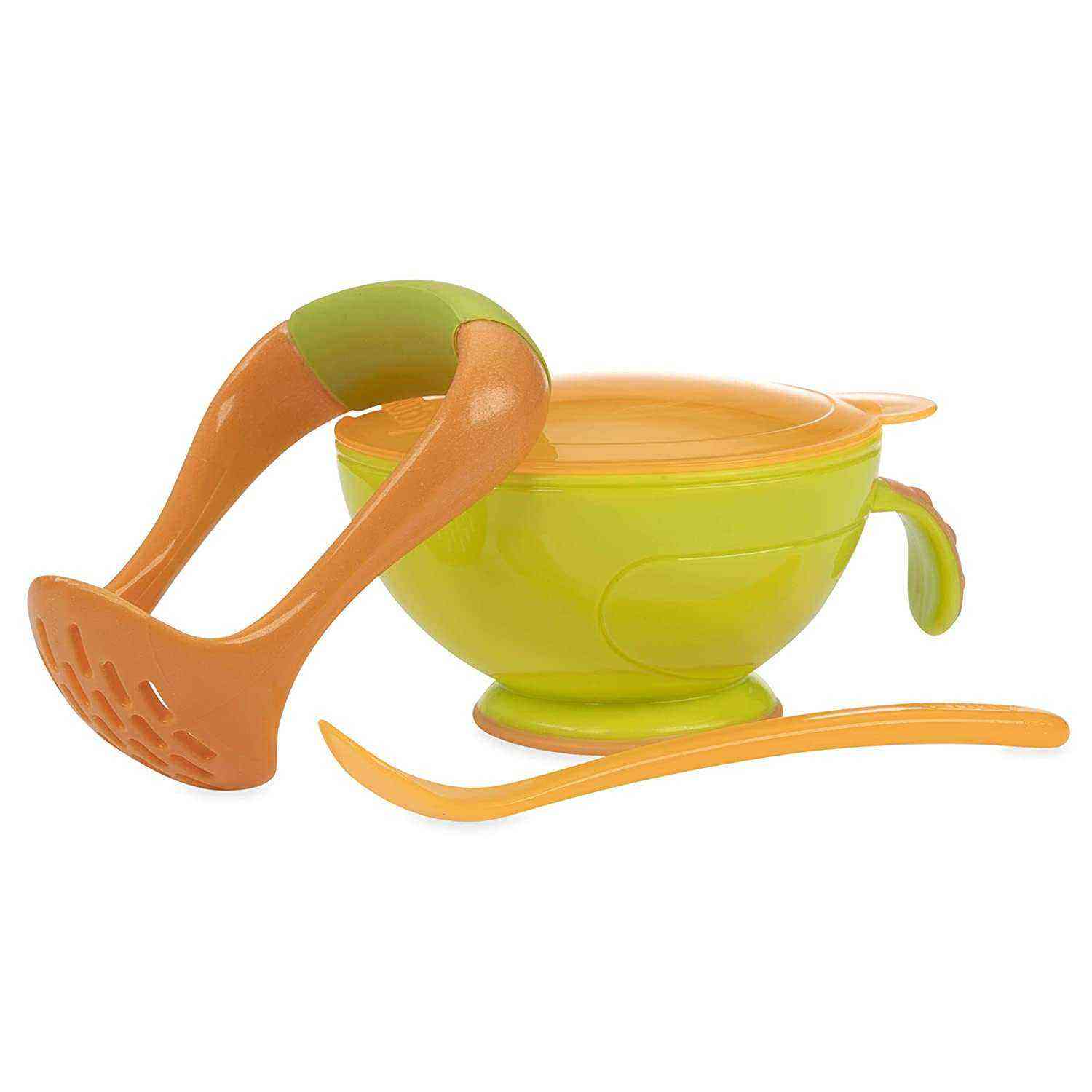Breeding pigs, the farmer sets himself several tasks – to reduce the cost of their maintenance, to improve the quality of the meat that he sells. Castration of piglets helps in achieving these goals. In this article, readers will learn what the procedure is, when and how best to perform it, what are the ways to remove the testicles, and how to care for boars after surgery.
Piglet after castration
What is castration and why is it necessary?
Castration of boars, or emasculation, is a procedure whose purpose is to stop the work of the gonads of the animal. It can be carried out surgically or in other ways, more gentle, – chemical or radioactive. The first method is widely used in private farms. In castrated boars, the hormonal background changes and the metabolism slows down, so they cannot reproduce.
From an economic point of view, castration is beneficial. What is it for:
- Castrated pigs are more calm, they do not have aggressive behavior.
- They do not have periods of heat, during which pigs usually lose their appetite, which means that weight gain occurs constantly.
- The meat of castrated boars is devoid of a specific unpleasant odor, it has higher quality indicators.
- Due to castration, the risk of accidental insemination of breeding females by boars unsuitable for reproduction is eliminated.
- Castrated individuals gain weight faster, and their feed costs are much lower.
Reference. Sometimes castration is medically indicated, for example, if a boar has a testicular tumor, inflammation or hernia.
At what age are piglets castrated?
Experts recommend castration at a very early age, when the piglets are still in contact with the mother and feed on her milk. The optimal age when idling proceeds painlessly and without possible complications is from 2 weeks to 1,5 months. Early castration of a piglet has several advantages:
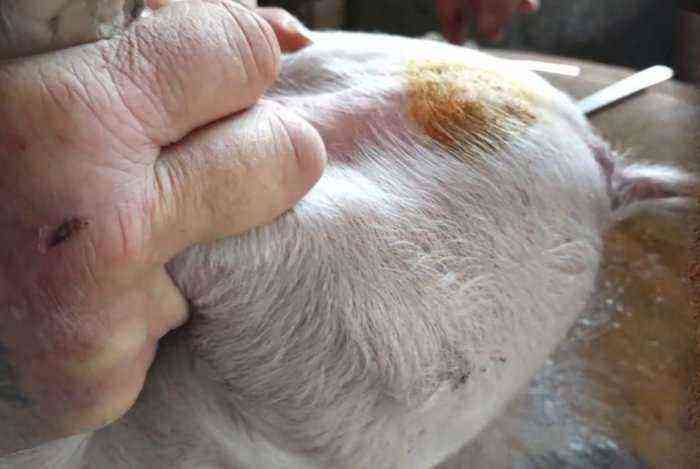
Early castration of a piglet
- Small piglets are easier to keep during the procedure.
- They don’t need anesthesia.
- Postoperative wounds in suckling piglets heal faster due to the antibodies contained in the sow’s milk.
- At an early age, the risk of complications is minimized.
- In young animals, the operation takes place with minimal blood loss.
- The emotional background of animals also matters – being close to their mother, piglets tolerate stress more easily.
Important! Although castration of boars is allowed up to six months of age, it is still better to do it earlier, given how much easier this procedure is tolerated at lactation age.
Castration methods
There are several ways to castrate pigs, they can be divided into two groups – bloodless (without damage to the skin) and surgical. The first ones include:
- Chemical castration.
- Mechanical.
- Radiological (when x-rays are used).
The methods listed above are complex and require significant material costs, and therefore they have not found application on private farms. In Russia, surgical methods of castration are used. These include:
- Ligature castration.
- Breakage of the spermatic cord.
- Closed cooling method.
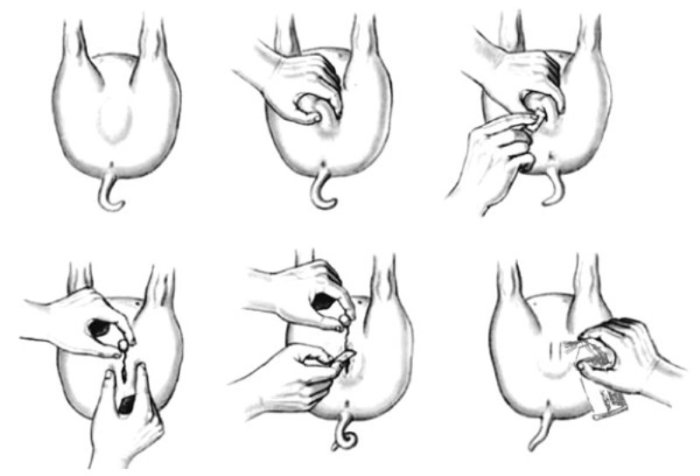
Castration method
The first two methods are applicable at an early age. When performing the operation, in this case, the tissues of the scrotum and the vaginal membrane are dissected. The third method is used for older boars (up to 6 months). With the closed method of emptying, the vaginal membrane, located under the skin of the scrotum, is not dissected, but cut off along with the testes.
Attention! A castrated pig is allowed to be slaughtered no earlier than 2 months after the removal of the testicles.
The castration procedure will be discussed in more detail later, but first you should familiarize yourself with the rules for preparing for the operation. If the farmer is going to perform the priming on his own, he must know what tools he will need, as well as master the technology of carrying out the intervention in all details.
Preparing for castration
It is advisable to entrust the operation to a veterinarian in order to reduce the risk of complications. If this is not possible, you should carefully prepare for it. Preparation includes examination of the animal – it is important to make sure that it is absolutely healthy, to measure the temperature. Then you need to examine the scrotum for microdamages of the skin in this area. Next, the farmer should palpate the testicles to make sure there are no growths, indurations, or other abnormalities inside. If they are found, it is impossible to castrate an individual on their own.
Chilling should be postponed if the individual was vaccinated or dewormed less than two weeks ago. The best time to perform the operation is in the morning, because during the day the farmer will have the opportunity to observe the animal and identify complications in time if they arise after the intervention.
Particular attention is paid to sterility. The area of the scrotum of the boar is thoroughly washed with soap, dried and treated with iodine. The hands of the person who will perform the procedure should also be prepared for the operation. They need to be washed with soap, remove burrs, cut nails, treat palms with disinfectant, and then put on sterile gloves.

Before the procedure, it is important to wear sterile gloves.
Inventory
Instruments should be sterilized either by boiling or using disinfectants. What equipment will be needed for castration:
- Scalpel (it is better to have several at your disposal).
- Forceps or clamp (1-2) needed to stop bleeding.
- Cooper scissors or straight.
- Medical needles.
- Emasculator.
- Threads, catgut, dressings.
- Cotton swabs.
- Iodine.
- Streptocide powder.
Reference. Piglets under 3 weeks of age will not need most instruments for surgery. It is enough to have cotton swabs, a scalpel, a clamp, iodine and streptocide powder at your disposal.
Operation technology
Consider all three methods of surgical castration of pigs, since they are all used in private farms.
Ligature castration
The first method is applicable to animals of any age. It involves making two incisions in the skin of the scrotum and vaginal membrane along the white stripe. First they work with one testis, and then with another. Through the incision, the testicles are carefully removed, pulling the spermatic cord. Then a ligature is applied to them, after which the testes are removed just below the place where the thread is applied, at a distance of about one and a half centimeters.

Help a castrated piglet
The cut-off site is lubricated with iodine, the wound is treated with disinfectant and streptocide powder.
Reference. Suturing is not always resorted to, although it is safer, because an infection can get into an open wound.
Detachment of the spermatic cord
The second method has slight differences from the one described above. Breakage of the spermatic cord is applicable to piglets at the earliest age – up to three weeks. According to this technique, after extraction from the scrotum through incisions, the spermatic cords are twisted around their axis and cut off, not cut off. Ligature in this case is not superimposed.
Closed castration method
The closed method of castration is applicable to adult boars or individuals in which an inguinal hernia is found. Before the operation, the boar is securely fixed, local or general anesthesia is administered. With the closed method of castration, only the skin of the scrotum is cut, while the vaginal membrane remains intact. Through an incision in the scrotum, the testes are taken out directly with the vaginal membrane, twisted around the axis, a suture ligature is applied above, after which the testes are cut off. The cut-off site is abundantly treated with iodine, the incision in the scrotum is sutured, then the wound is treated with a disinfectant solution.
Postoperative care
After castration, boars need care. They are placed in a warm corral with clean bedding. After the operation, sawdust should not be used as an underlying material. Otherwise, small particles of wood can penetrate into the cuts, which will only aggravate the situation.
The wound is often examined, especially on the first day after the operation. If early complications occur, they will appear after a few hours. What can go wrong:
- There is a risk of bleeding.
- Through the incisions, tissues of internal organs – the bladder, intestines, and vaginal membranes – can fall out.
- There will be swelling.
- Inflammation will develop in the area of surgical intervention.
Attention! It is unacceptable to treat the wound after the operation with means that cause pain – brilliant green, iodine. Due to unpleasant sensations, the animal will rub the sore spot on the floor, as a result of which pathogenic microflora can penetrate into the wound.
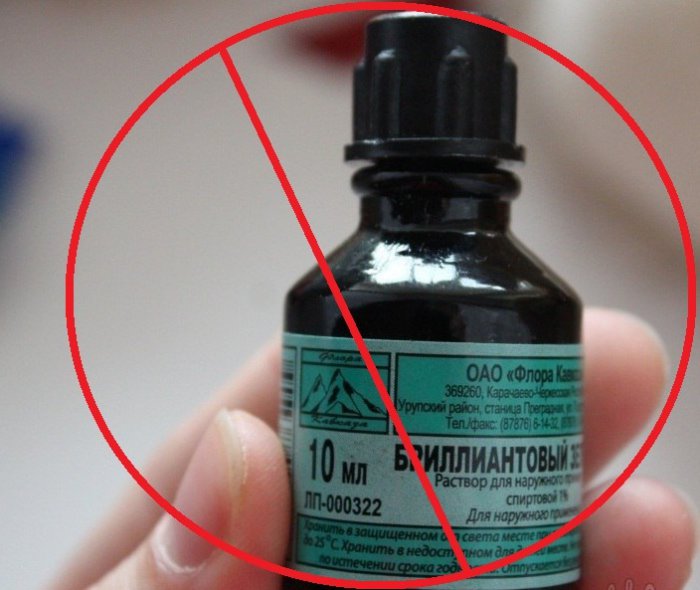
Green cannot be processed.
On the first day after castration, it is advisable not to feed the pigs or offer them digestible food in the afternoon. This recommendation is especially applicable when general anesthesia has been used. Boars should not go outside until the wounds have healed.
Having found signs of inflammation in the scrotum area – severe swelling, redness, it is necessary to call a veterinarian. When the wound becomes infected, an abscess and sepsis may develop, there is a risk of losing the animal, so you should not hesitate. In this case, a course of intramuscular antibiotics is prescribed, and sometimes a second operation is required.
Castration of piglets is a procedure that allows achieving high meat quality and rapid weight gain in pigs. If carried out at an early age (up to three weeks after the birth of the offspring), many complications can be avoided.
